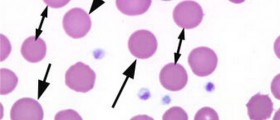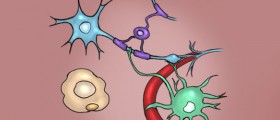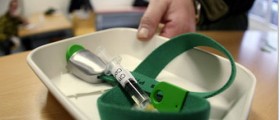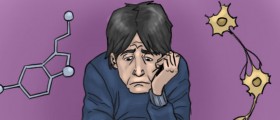
From the neonatal period we have a metabolic encephalopathy called kernicterus. The pathogenesis and etiology of the HIE and kernicterus are connected. The liver’s inability to conjugate bilirubin or hemolytic disease can be the cause of the unconjugated hyperbilirubinemia, which results in kernicterus. There are certain situations where we can see the mentioned inability of the liver, and those situations include non-functional enzyme among premature babies, the Crigler-Najjar syndrome, or the glucuronyl transferase defect, which occurs on rare occasions. The serum has unconjugated bilirubin, which is connected with the albumin, which goes through the blood and brain barrier and enters the glial and neuronal membranes. There are situations which can increase the level of unconjugated unbound bilirubin.
This occurs when person uses drugs or has low pH or hypoalbuminemia, which compromises the connection between the bilirubin and albumin. The subthalamic nucleus, hippocampus and global pallidus are mostly affected by the bilirubin, but it targets other parts as well. Bright yellow color is only seen in the most severe cases of kernicterus. They will express atrophy, gliosis and neuronal loss if they have burned out, but the neuronal necrosis is present in the regular cases. Kernicterus uses the immaturity of the barrier between the brain and the blood, which occurs due to the bilirubin stainin, which occurs once the hypertonic solution is injected and the mentioned barrier opened. The brain areas connected with the perinatal HIE are affected by the bilirubin encephalopathy. One study says that once the barrier between the brain and the blood is compromised due to the HIE, bilirubin leakage will occur and lead to the kernicterus.
Symptoms
Problems such as hypertonic, hypotonic and lethargic feelings are symptoms of the bilirubin encephalopathy among babies. Their life might be in danger and they might suffer from seizures, opisthotonus or have high pitched cry. Mental retardation, ataxia, spasticity, choreoathetosis and other neurological symptoms may be developed among persons who are diagnosed with kernicterus. These complications will be present among more serious cases, while mild complications are associated with mild injury. The RH incompatibility leading to kernicterus occurs rarely. The baby born with the Rh positive, needs to take the anti RHO (D) immune globulin during the initial 72 hours after the birth. This needs to be done if fetal maternal hemorrhage was significant. There are many factors that influence the development of the kernicterus, among which is the level of bilirubin. The level of bilirubin associated with the kernicterus differs from person to person, so there is no special level of bilirubin causing the issue.

















Your thoughts on this
Loading...